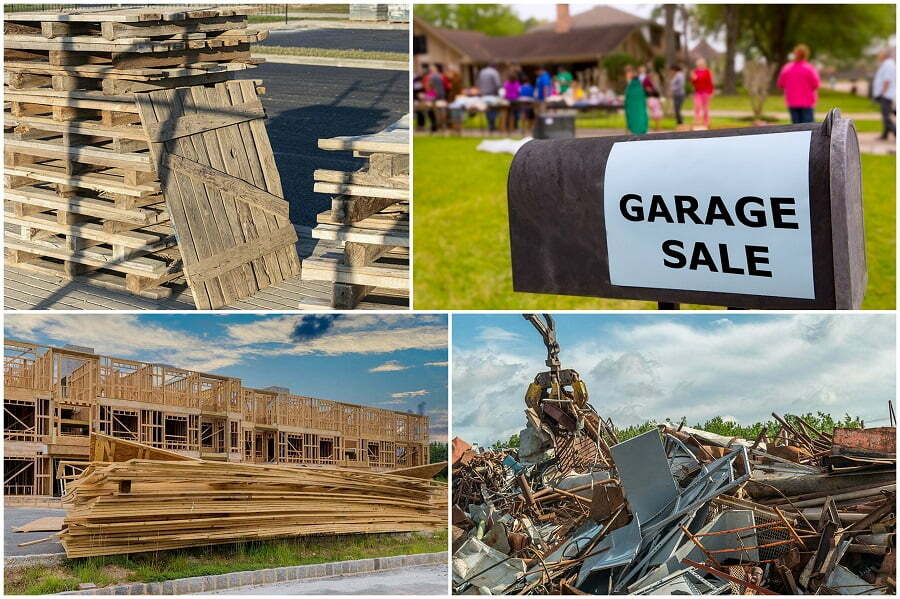Last updated on
Transform your worn-out climbing shoes into useful items or creative projects with these innovative ideas.
Key takeaways:
- Resole your climbing shoes to extend their lifespan.
- Donate old climbing shoes to organizations or gyms.
- Assess the condition and clean shoes before disposal.
- Sell used climbing shoes online or in climbing community boards.
- Embrace sustainable practices in climbing gear lifecycle: eco-friendly materials, durability, repair, lifecycle extension, and recycling programs.
Resole Your Shoes
Breathing new life into old climbing shoes is achievable through resoling, a process that replaces worn-out soles with new rubber. Consider the following points:
- Resoling can extend the life of your climbing shoes significantly, delaying the need for a new pair and reducing waste.
- Specialized cobblers or outdoor gear companies can resole your shoes, often for less than the cost of new footwear.
- This process not only revives the shoes’ traction and performance but also retains the molded fit that your feet have created over time.
- By resoling, climbers support a circular economy, contributing to the sustainability of the sport.
Remember to check the upper condition of your shoes; if they are still intact, resoling is a cost-effective and environmentally friendly option.
Donate Them
If your shoes are still in reasonable condition but no longer fit your needs, consider donating them. Organizations such as local climbing clubs, youth groups, and non-profits that promote outdoor activities often welcome gear donations. These groups are instrumental in providing access to climbing for those who may not have the resources to afford their own gear.
Additionally, some gyms have donation bins specifically for climbing shoes, which they then provide to new climbers or use in community outreach programs. By donating, you’re not only decluttering your space but also helping someone else discover the joys of climbing. Remember to clean and deodorize the shoes before donating to ensure they’re ready for their next adventure.
Climbing Shoe Must-Dos Before Disposal
Before considering disposal, it is essential to assess the condition of your climbing shoes. If there’s life left in them, resoling or repairing may be the best option. However, if they’ve reached the end of their climbing days, remove any debris and clean them thoroughly. This is not only a courtesy to the next person handling your shoes but also reduces the risk of transferring invasive plant or animal species to new environments.
Next, before shoes can transition to their next stage—whether that’s donation, selling, or a creative repurpose—check for any personal information that might be written or attached to them. While this is more uncommon with climbing shoes compared to other items, ensuring your privacy is maintained is a good habit.
Once cleaned and checked, consider the materials. Climbing shoes are constructed from rubber, leather, and synthetic materials, each with different recycling potentials. Knowing these components can guide you towards the most environmentally responsible disposal method.
Options for Selling Used Climbing Shoes
When your climbing shoes still have life left in them, but you’re ready to part ways, selling them is a practical choice.
Start by cleaning them thoroughly to increase their appeal.
Platforms like eBay, Facebook Marketplace, or local climbing community boards are excellent for reaching potential buyers.
Price your shoes reasonably, considering wear and brand.
Be honest about their condition; good-quality photos and detailed descriptions help avoid misrepresentation.
Engaging with a niche audience, such as climbers in forums like Mountain Project, can also expedite the sale.
Remember, selling used climbing gear not only benefits your wallet but also contributes to a more circular economy in the climbing community.
Sustainable Practices in Climbing Gear Lifecycle
As enthusiasts of a sport that deeply connects us to nature, climbers have a responsibility to minimize their environmental impact. Embracing sustainable practices throughout the lifecycle of climbing gear is key.
Material Innovation: Look for shoes crafted from eco-friendly materials. Brands are increasingly turning to recycled rubber and biodegradable fabrics, reducing the environmental footprint.
Durability Focus: Purchasing durable gear means less waste over time. Quality craftsmanship prolongs the life of climbing shoes, making frequent replacements unnecessary.
Repair Culture: Emphasize the importance of repair over replacement. Getting shoes resoled can almost double their lifespan, conservatively using resources.
Lifecycle Extension: Consider the afterlife of your gear. Donate functional shoes to organizations or local gyms for new climbers, extending the product’s active lifecycle.
Recycling Programs: Support brands that offer take-back programs. These initiatives ensure that the shoes are recycled or disposed of properly, fostering a circular economy.
By implementing these practices, climbers contribute to a more sustainable model, aligning their passion for the sport with their environmental values.
Related reading:
Table of Contents


